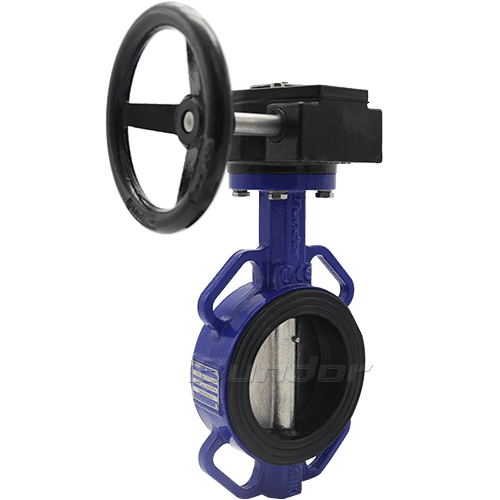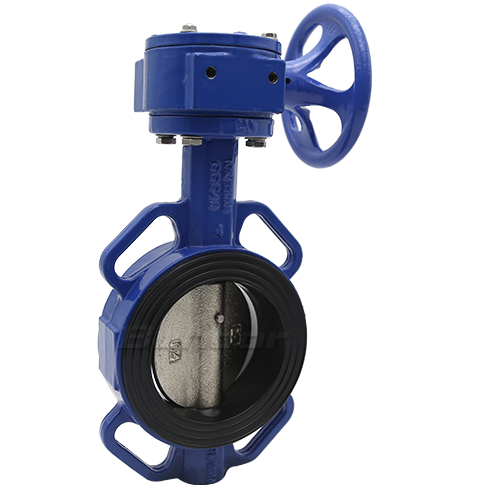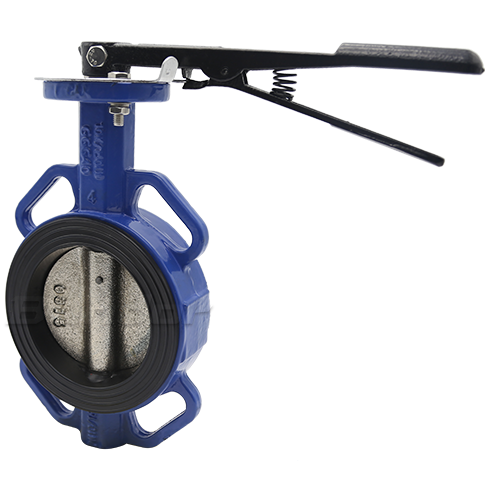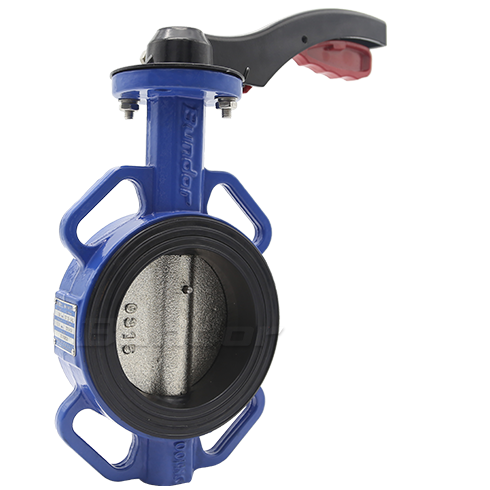If the centerline pneumatic butterfly valve is used for solid material control, it is generally used as a discharge valve at the bottom of the tank to discharge and quickly cut off. It can be at the bottom of a cement tank or a stone powder tank. The biggest difference between dust material and gas and liquid medium is that the content of large and small particles is relatively large. Under the rapid scouring of the medium, the sealing surface will definitely be worn in the long run. Therefore, if you just choose a valve type with poor sealing itself, it will of course accelerate the damage, so the correct type selection is very important, which can ensure that the service life of the valve is long enough to prevent internal leakage and affect continued use. Therefore, the selection of the valve must be strictly based on the characteristics of the medium and the pipeline process.
Let's take a look at a case of a delivery tank where the medium is fine-grained pulverized coal. The function of the sending tank is to put the material into the tank and transport the material out through compressed air. Three pneumatic butterfly valves are designed on the tank, one is the feed valve, the other is the discharge valve, and the other is the intake valve. For each conveying operation, the feed valve and discharge valve act once. Now let's see, can the centerline soft-sealed pneumatic butterfly valve be used in these two positions? Three months after being put into use, the feed valve can be used normally, but the discharge valve has been seriously damaged and leaked! Why are the two valves under the same environment, the same medium conditions and the same air source pressure, but the service life is different different? In fact, it is caused by the characteristics of pipeline technology. The feed valve relies on the weight of the material itself to blank, but the discharge valve relies on a certain pressure of gas to transport the material out, and the feed valve is closed when the discharge valve is opened. Under this condition, the material controlled by the discharge valve moves together with the gas, and the flow rate is faster, which naturally accelerates the damage to the valve seal in the pipeline, so internal leakage occurs. From this example, we can see that when the material conveyed by the valve has different hardness and particle size, the wear of the centerline pneumatic butterfly valve seal is also different, so the centerline pneumatic butterfly valve that needs to be selected must be different. Even when the conveyed medium is finished particles and the particles are fragile, we simply cannot use butterfly valves, ball valves or globe valves to prevent crushing the material when closed, and choose a valve that will not crush the material.
To sum up, the selection of the centerline pneumatic butterfly valve in the solid material medium must be selected according to the medium parameters. The parameters mentioned here include diameter, flow rate, temperature, pressure, corrosiveness, particle size, hardness, flow rate, etc., and then choose the appropriate valve type according to the opinions of the manufacturer's professionals. One is to choose the valve from the process medium to avoid selection errors. The second is to choose the most cost-effective valve product according to the conditions of the pipeline and medium, that is, the cheaper valve type that meets the requirements. This must refer to the opinions of some manufacturers, rather than sticking to a certain valve.








